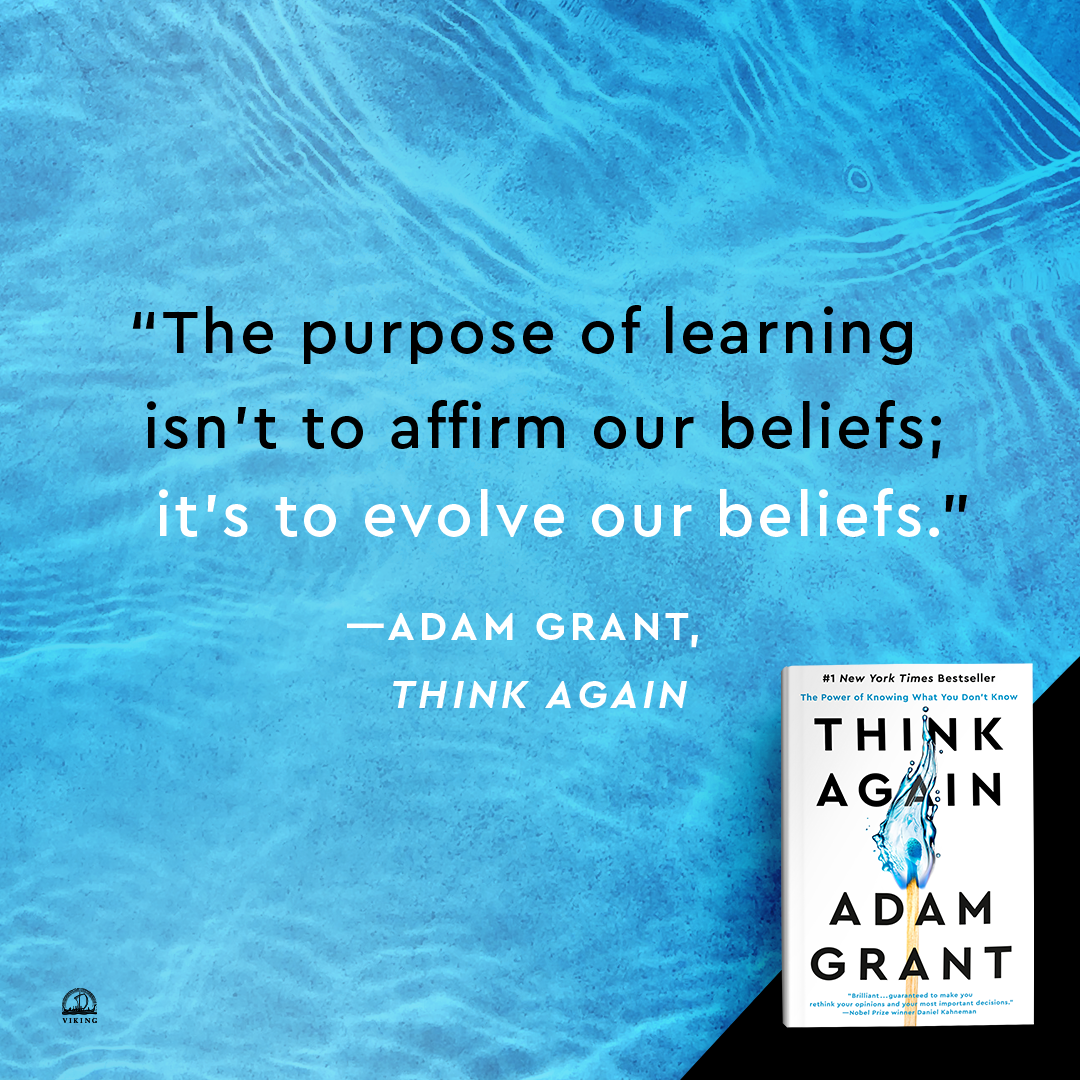Don’t make the mistake of ignoring student feedback in curriculum reviews
We hand year 11 and 12 students the syllabus. “This is the most important document for this subject,” we say. If we expect students to eat, breathe and live the syllabus, shouldn’t they also have a say when it comes time to review it?
The NSW Education Standards Authority (NESA) is doing a wholesale review of its Stage 6 (year 11 and 12) courses. Teachers and industry will be carefully crafting submissions.
Students, the party with the most skin on this game, won’t be doing the same. But they should have their voice heard.
Ask any year 12 graduate about their syllabi and you’ll have to put a time limit on the conversation. They’ve got a litany of complaints and suggestions; many of which would improve the experience of students studying a subject. Which, if implemented, could motivate them to recommend the course to a peer.
There’s no point asking year 12 graduates to write formal submissions. Instead, what about focus groups or online surveys, with participants facilitated by schools?
Senior syllabi are packed. As an NSW Economics teacher, I would consistently struggle to complete the course to an in-depth level on time. If I felt this pressure, how might students feel as time marched on and dot points remained to do?
When it comes to the syllabus, Let’s hear from the students. And let’s hear from as many as possible — public/private, rural/metro, single sex and coed. The more voices, the better.




